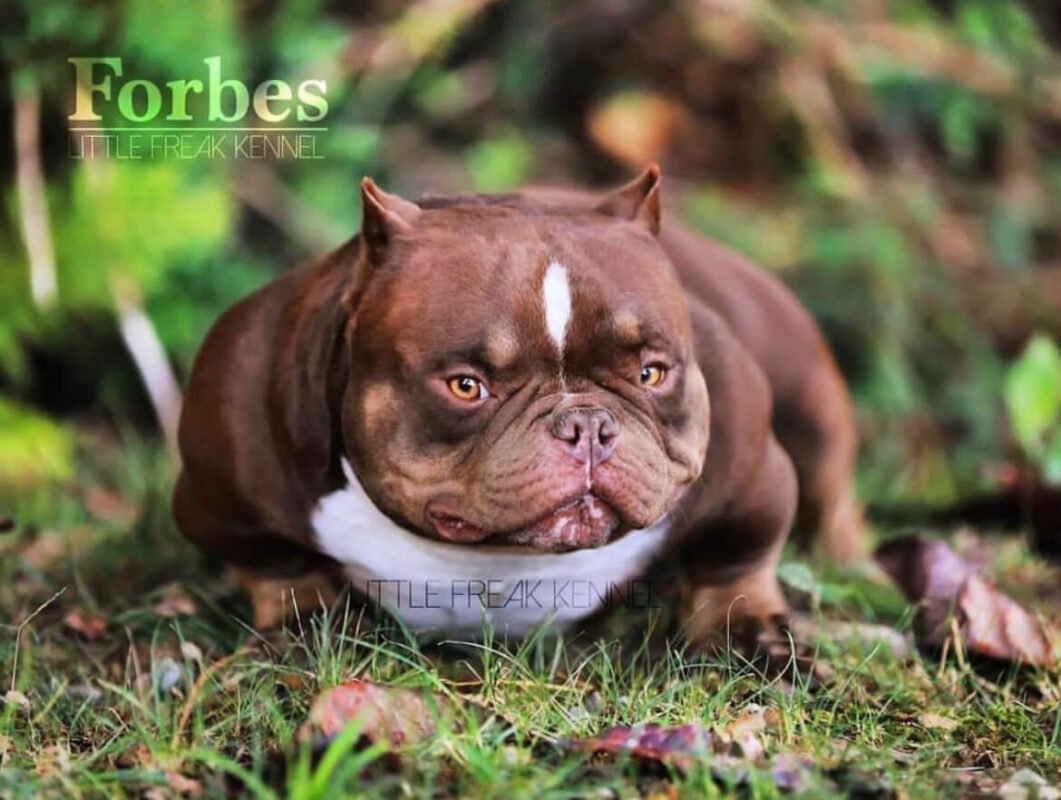Understanding Pocket Bullies
Pocket Bullies, a compact and muscular breed, are a variation of the American Bully. Characterized by their robust build, they stand between 14 to 17 inches tall at the shoulder and typically weigh between 30 to 60 pounds. Their defining features include a broad chest, strong neck, and a well-defined jawline. Despite their formidable appearance, Pocket Bullies are known for their friendly and affectionate temperament, making them suitable companions for families and individuals alike.
The development of Pocket Bullies can be traced back to the 1990s in the United States, where breeders sought to create a smaller version of the American Bully without compromising on its sturdy physique and loyal nature. Through selective breeding, they managed to produce a breed that retained the desirable traits of its larger counterparts while being more manageable in size.
In terms of temperament, Pocket Bullies are generally gentle, loyal, and eager to please. They are known for their strong bonds with their owners and tend to be protective of their families, making them excellent watchdogs. However, it’s crucial to socialize them from a young age to ensure they interact well with other pets and strangers. Their intelligence and willingness to learn make them relatively easy to train, though consistent and positive reinforcement methods are recommended.
When considering a Pocket Bully as a pet, it’s essential to be aware of their care requirements. They need regular exercise to maintain their physical and mental health, which can include daily walks and playtime. Due to their short coats, they require minimal grooming, but it’s important to keep an eye on their skin for any signs of irritation or allergies. Common health issues for Pocket Bullies include hip dysplasia, heart conditions, and skin problems, so routine veterinary check-ups are crucial to ensure their well-being.
Overall, Pocket Bullies can make wonderful pets for those who are prepared to meet their needs. Their combination of strength, loyalty, and affection makes them a unique and rewarding addition to any household.
Tips for Finding Affordable Pocket Bullies
Finding pocket bullies for sale at affordable prices requires a strategic approach and careful consideration of various sources. One of the primary avenues is through reputable breeders. When searching for breeders, it’s crucial to look for those who offer health guarantees and proof of vaccinations. A reputable breeder should have a positive reputation within the dog breeding community and be willing to provide references from previous buyers. This ensures that the pocket bully you are considering is healthy and has been raised in a good environment.
Another excellent source for finding affordable pocket bullies is rescue organizations. Many rescue groups specialize in specific breeds and may have pocket bullies available for adoption. This option not only tends to be more cost-effective but also offers the added benefit of providing a home to a dog in need. Additionally, rescue organizations typically ensure that their dogs are vaccinated, spayed or neutered, and sometimes even microchipped before adoption.
Online marketplaces can also be a valuable resource, but they come with a caveat. When using platforms such as Craigslist or specialized dog sale websites, it’s essential to exercise caution. Look for listings that provide detailed information about the dog’s health, lineage, and living conditions. Avoid deals that seem too good to be true, as they often indicate scams or unethical breeding practices. Always arrange to meet the seller in person and, if possible, visit the breeder’s facilities to verify the conditions in which the dogs are raised.
Ensuring that the pocket bully you are purchasing is healthy and well-socialized is paramount. Look for signs of a well-adjusted dog, such as friendly behavior, good physical condition, and responsiveness to social cues. Ensure that the dog has had proper socialization with both humans and other animals to avoid behavioral issues in the future.
Lastly, budgeting for a pocket bully goes beyond the initial purchase price. Consider the ongoing costs of care and maintenance, including food, grooming, veterinary care, and training. By planning for these expenses, you can ensure that you are well-prepared to provide a loving and stable home for your new pocket bully.

